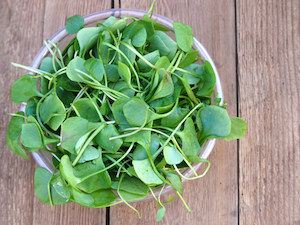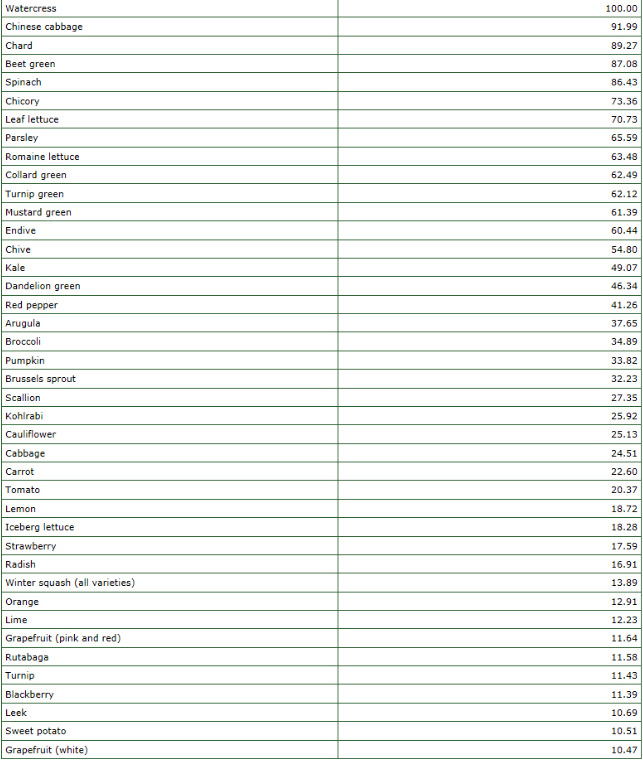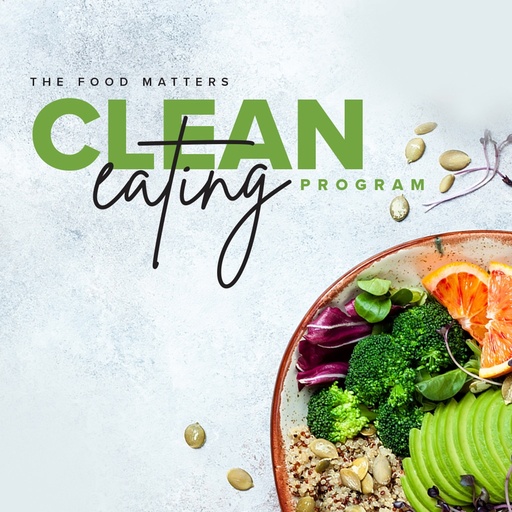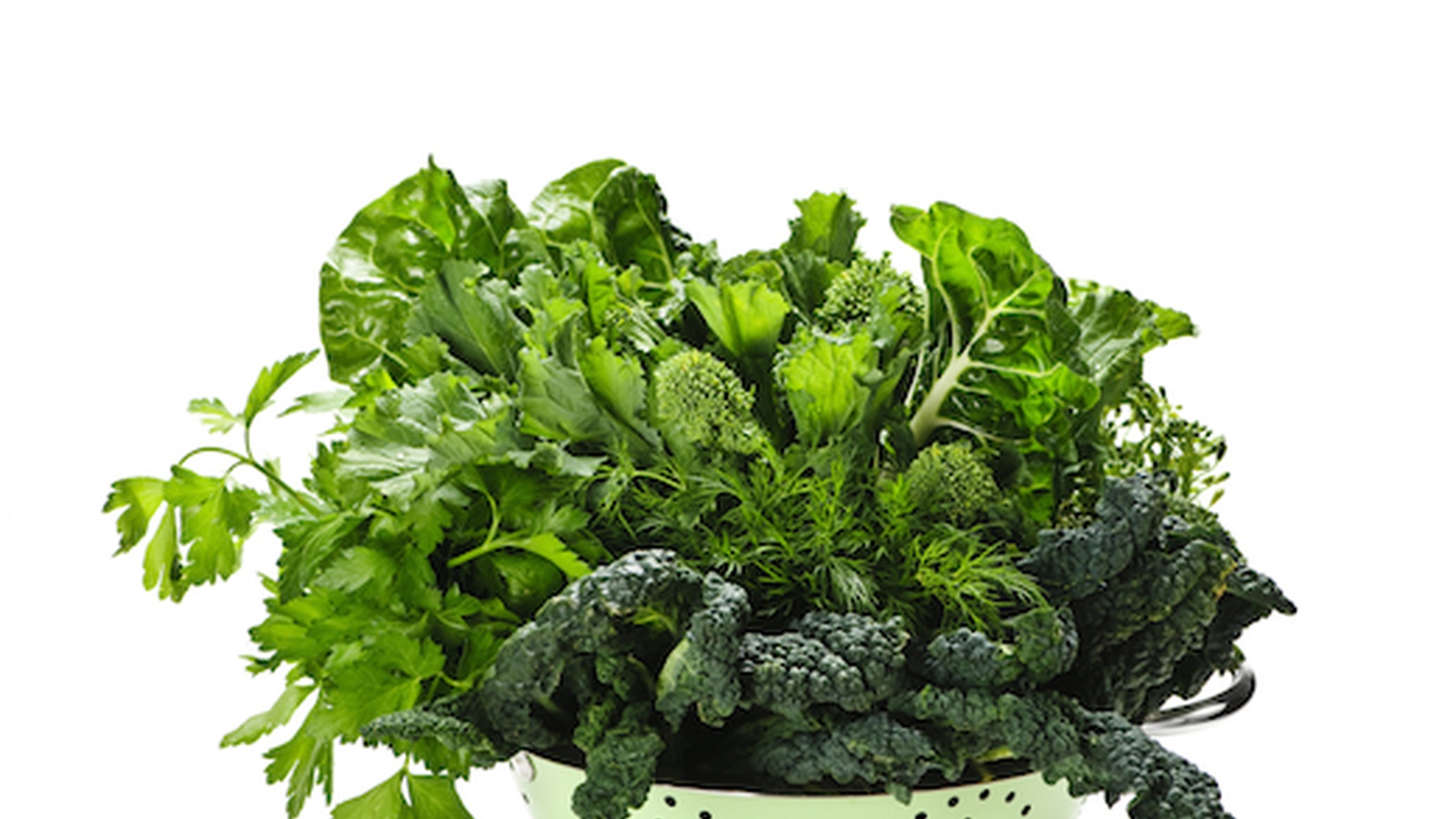You'll Never Guess What Veggie Just Beat Kale!
Anyone who’s paying attention knows it’s a very good idea to eat green, leafy vegetables and colorful citrus fruits. Over time, research has shown their association with reducing cancer and chronic disease. In fact, most of us know that we should be consuming multiple helpings of these foods each day.
But which vegetables are best? Fads come and go as quickly as that kale in your fridge. One day it’s broccoli, the next cabbage. And how do you compare the benefits of vegetables versus fruits?
Researchers at William Paterson University in New Jersey have done all of us a big favor by producing a list of 41 “powerhouse fruits and vegetables” ranked by the amounts of 17 critical nutrients they contain. In a study published in the CDC journal, “Preventing Chronic Disease,” the foods are scored by their content of fiber, potassium, protein, calcium, folate, vitamin B12, vitamin A, vitamin D and other nutrients all considered important to public health.
 Atop the list? Watercress - long known as a superfood because it packs large amounts of a wide variety of these important substances, with a score of 100. The next five in the elite category: Chinese cabbage (91.99), chard (89.27), beet greens (87.08), spinach (86.43) and chicory (73.36). The full chart is below.
Atop the list? Watercress - long known as a superfood because it packs large amounts of a wide variety of these important substances, with a score of 100. The next five in the elite category: Chinese cabbage (91.99), chard (89.27), beet greens (87.08), spinach (86.43) and chicory (73.36). The full chart is below.
“Nutrient profiling is not new,” the lead researcher, Jennifer Di Noia, an associate professor of sociology, told us. “But applications to fruits and vegetables are limited. This is the first classification scheme of which I am aware to define and rank” powerhouse fruits and vegetables.
Fruits, however, didn’t turn out to be terribly powerful in Di Noia’s rankings. Highest on the list was the red pepper (41.26), followed by pumpkin (32.23), tomato (20.37) and lemon (18.72). In fact, of the six foods that the researchers considered and decided to leave off the list, four were fruits: raspberries, tangerines, cranberries and blueberries. (The other two were garlic and onions.)
The reason for the relatively poor performance of berries, for example, is that while they are rich in phytochemicals – non-essential nutrients that have protective or disease preventive properties – ”there are no uniform data on food phytochemicals and…recommended intake amounts for these compounds are lacking,” Di Noia explained. “So the scores are based on nutrients only.”
To make the study’s “powerhouse” list, the researchers calculated each fruit or vegetable’s “nutrient density” score based on the percentage of your daily need for each nutrient the food provides. (The study assumed a 2,000 calorie per day diet and 100 grams of each food.) The scores were capped to ensure that a fruit or vegetable that provides a huge amount of just a single nutrient wouldn’t receive a disproportionately high overall score.
“Consistent with a whole-diet approach,” Di Noia said, “{consumption of} all of the items should be encouraged. The rankings may help consumers make nutrient-dense selections within the powerhouse group.”

Does This Make You Want To Eat Your Greens? Share Your Fav Green Leafy Recipes With Us In The Comments Below!
Discover how to eat your medicine to heal your gut, eliminate bloating, skin issues and hair loss as I share seven nutrition principles in this free masterclass. Running for a limited time only.









